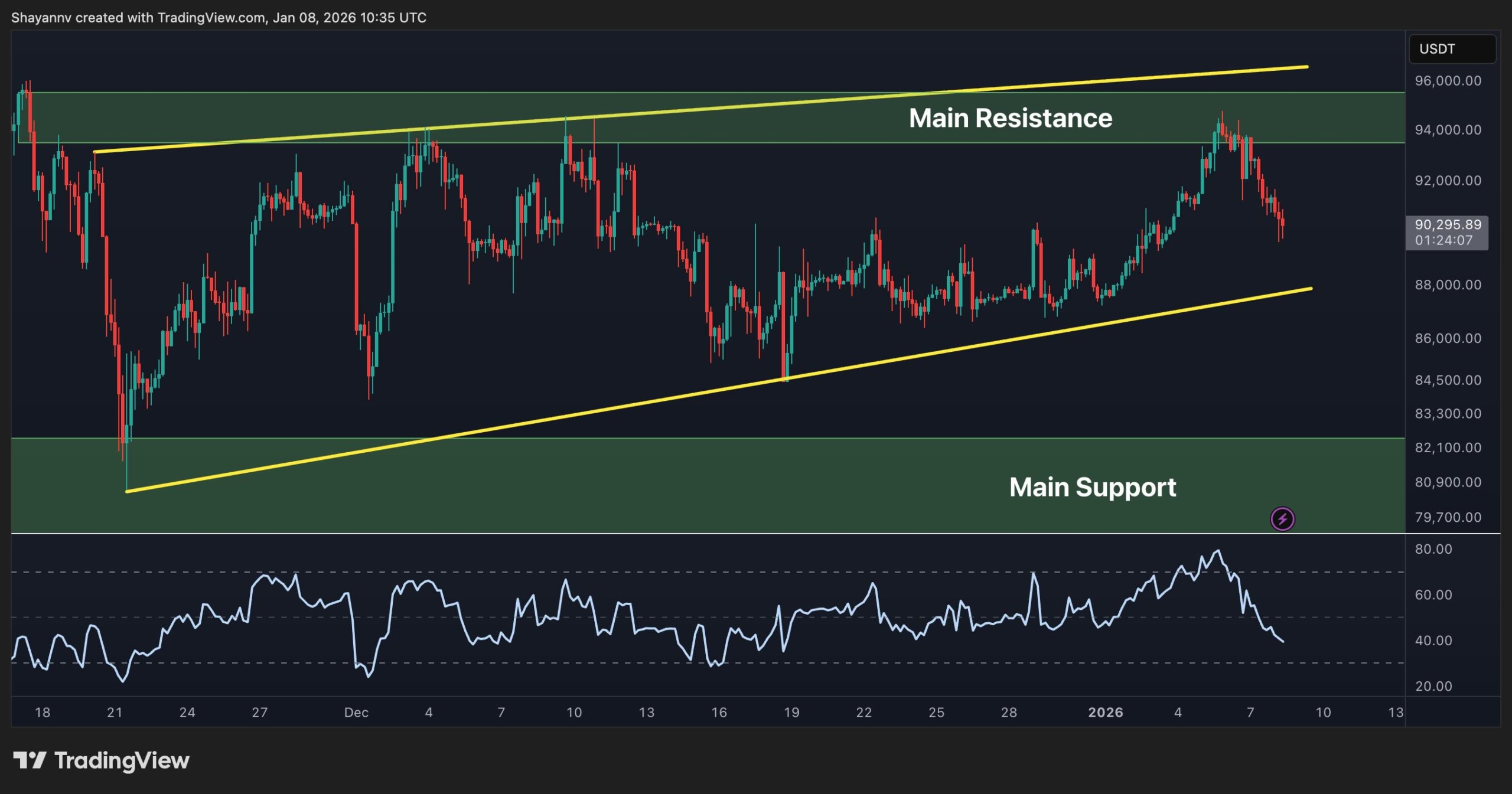Final Fantasy 6 Remake Should be Led by Someone Else, Says FF7 Director

Recently, we’ve learned a lot about the third part of the Final Fantasy 7 Remake. Developers say the game is nearly finished and consider this installment to be a complete title. Now, there’s also talk of remaking another classic: Final Fantasy 6, originally released in 1994.






